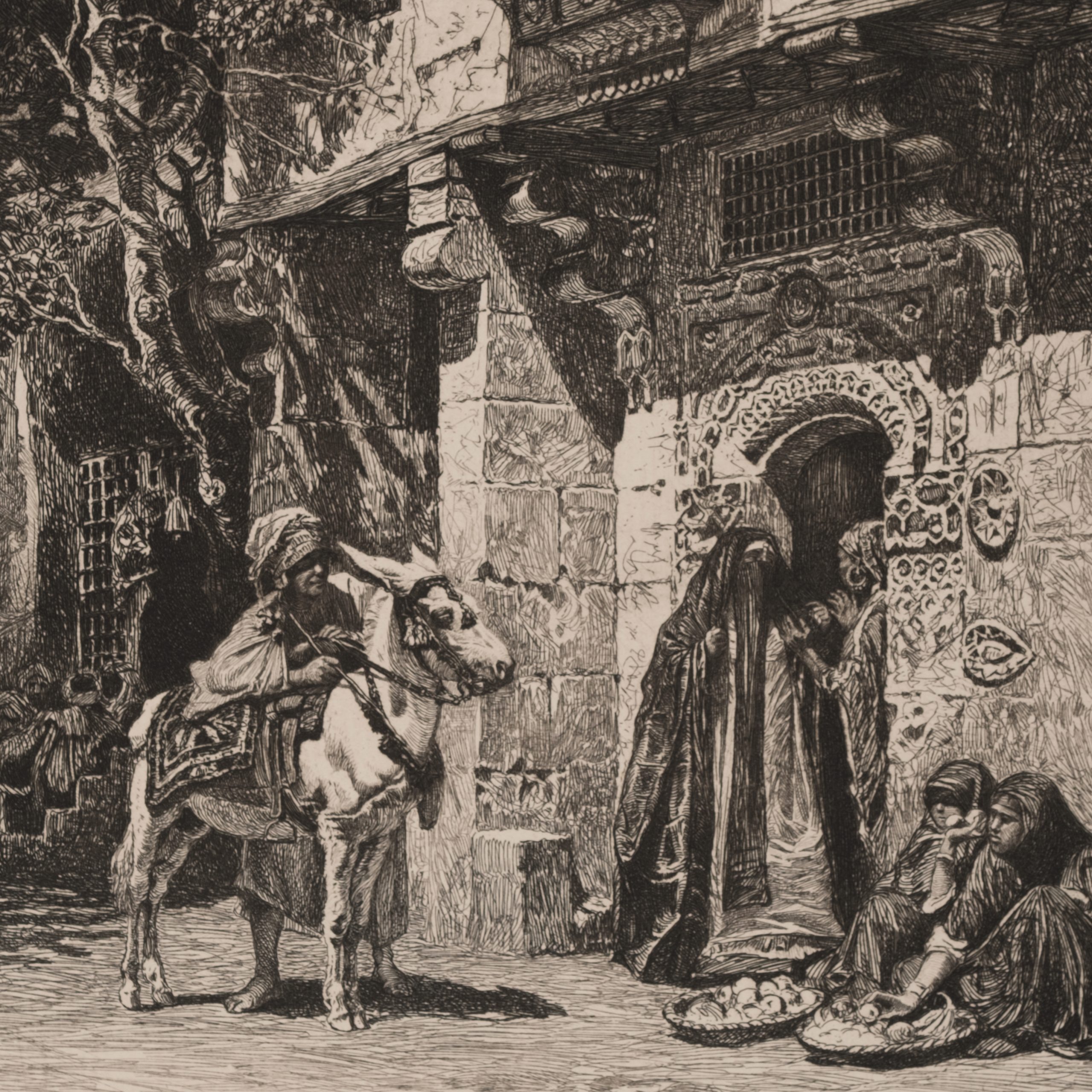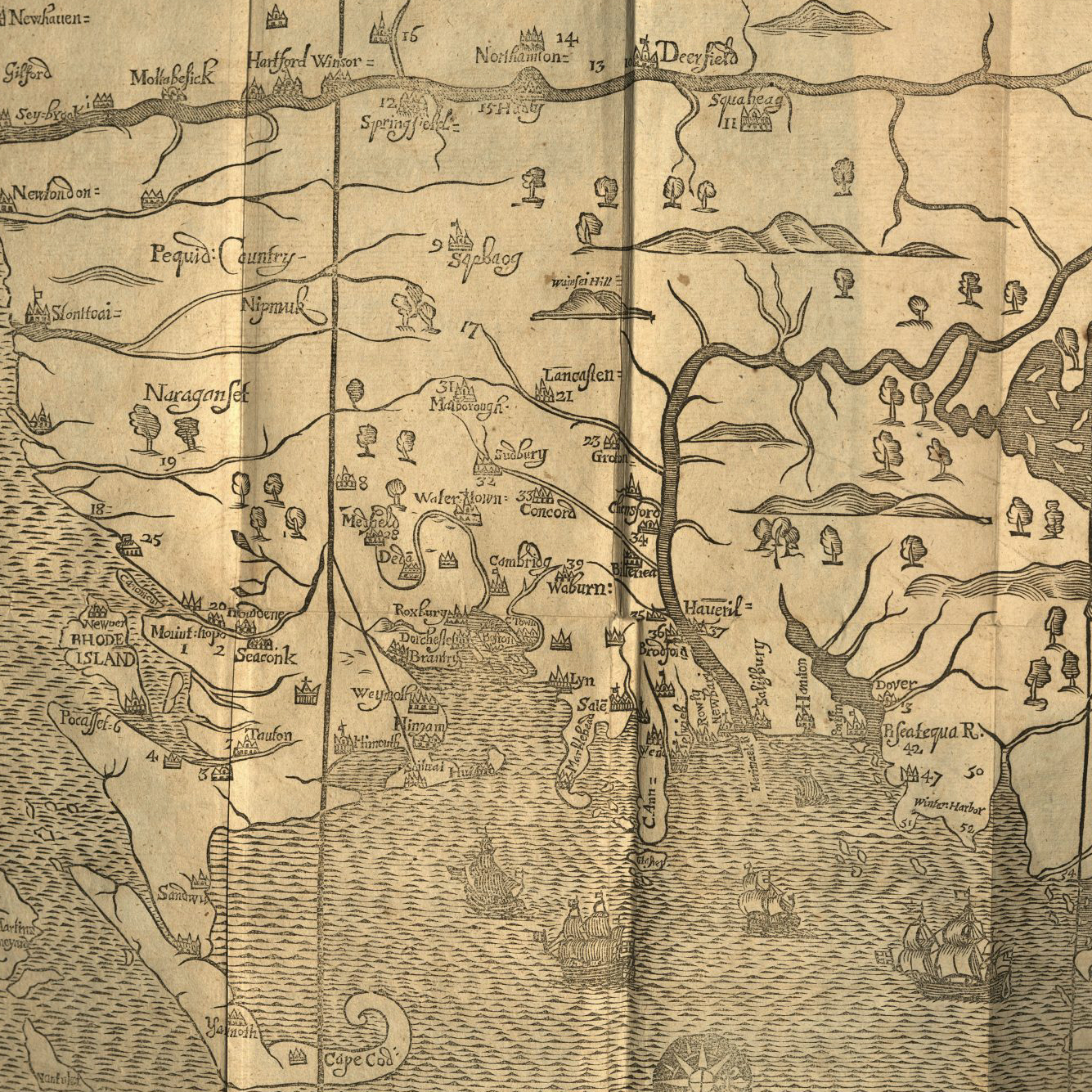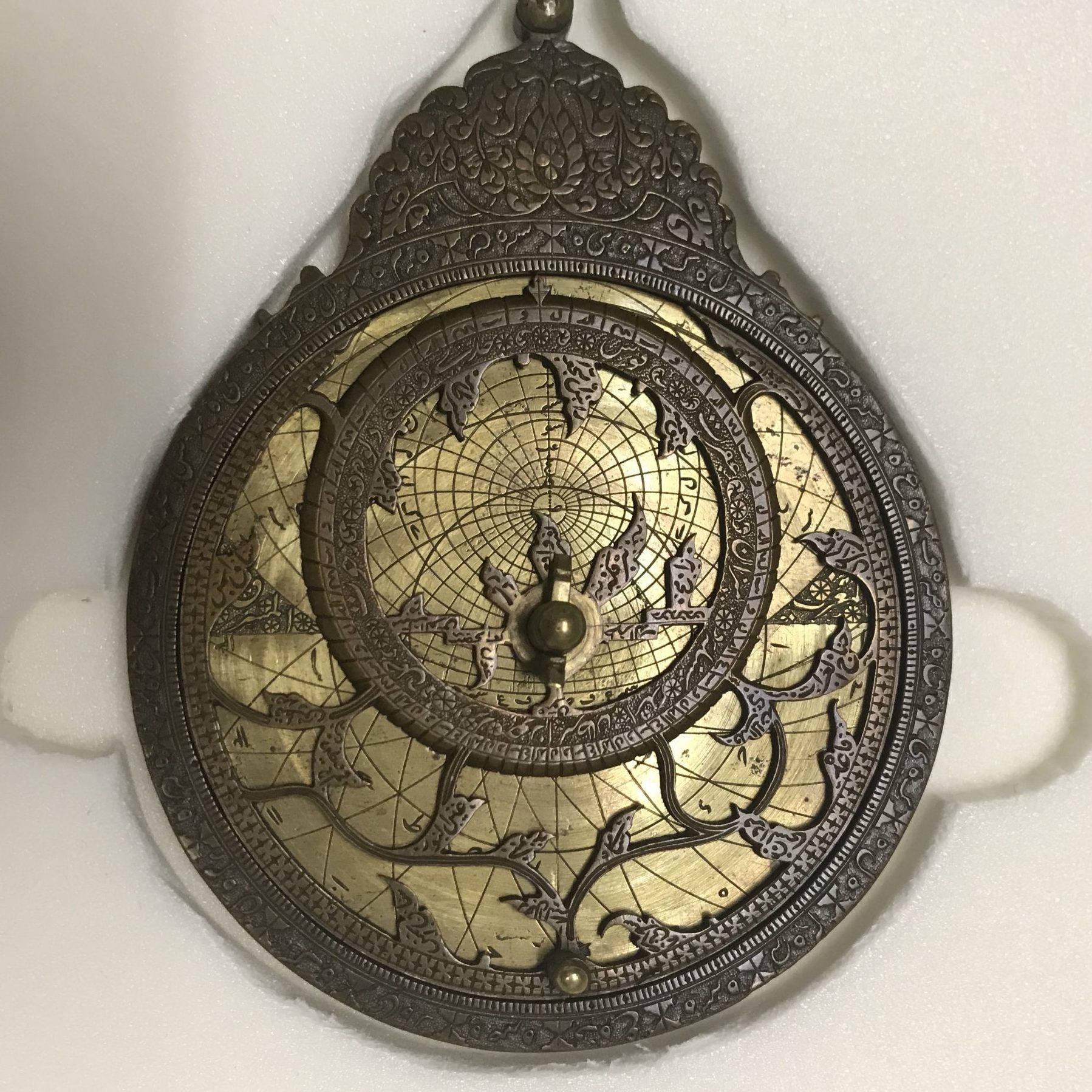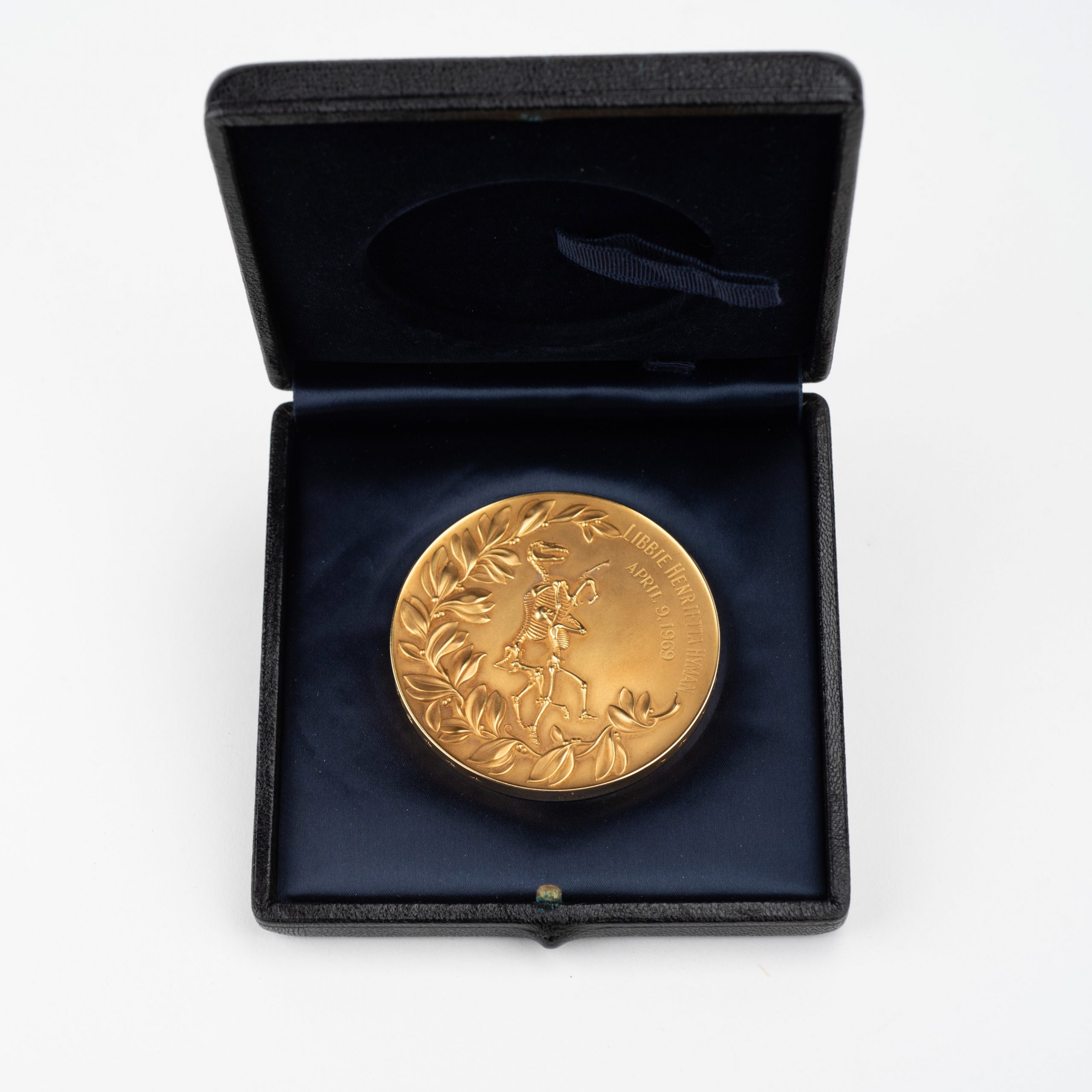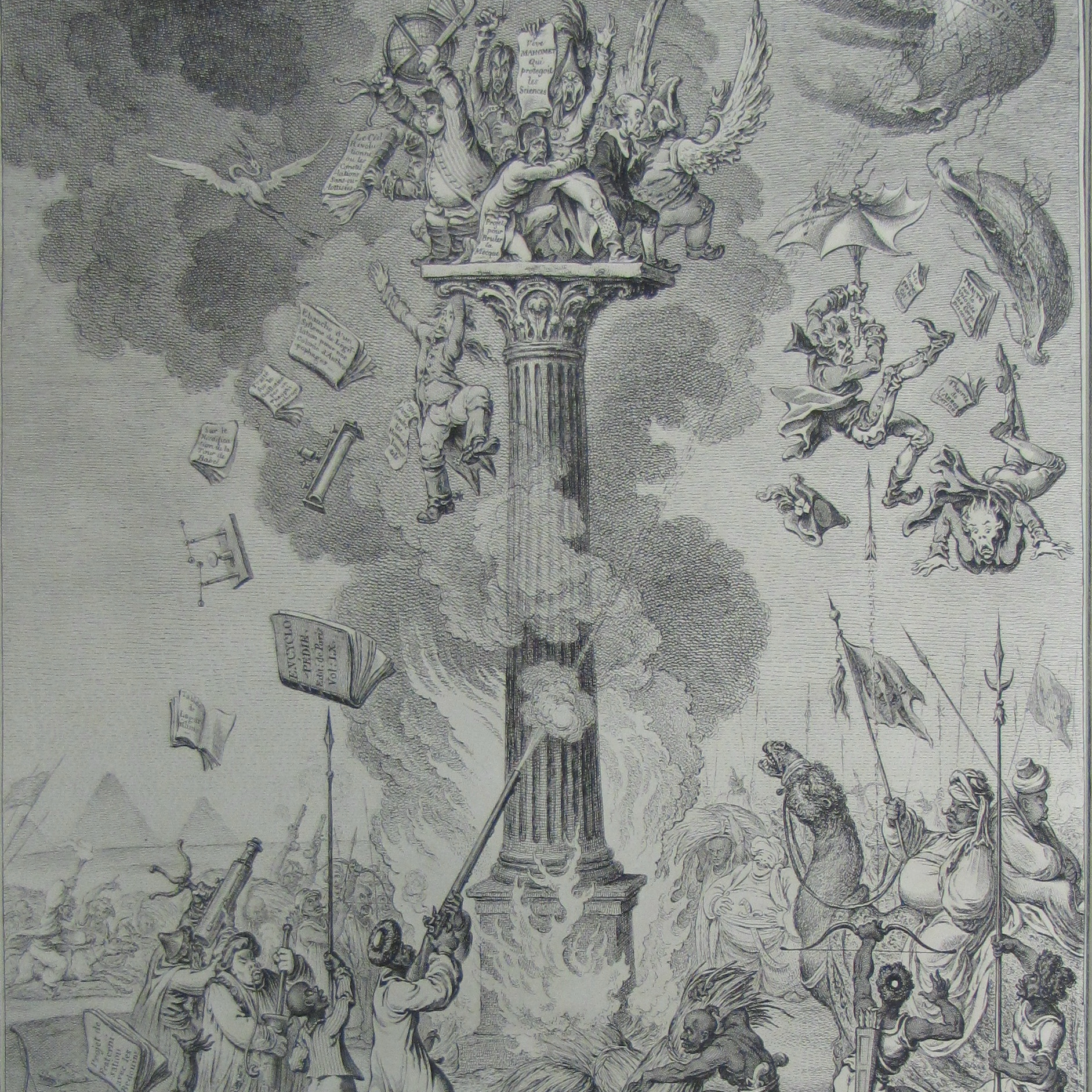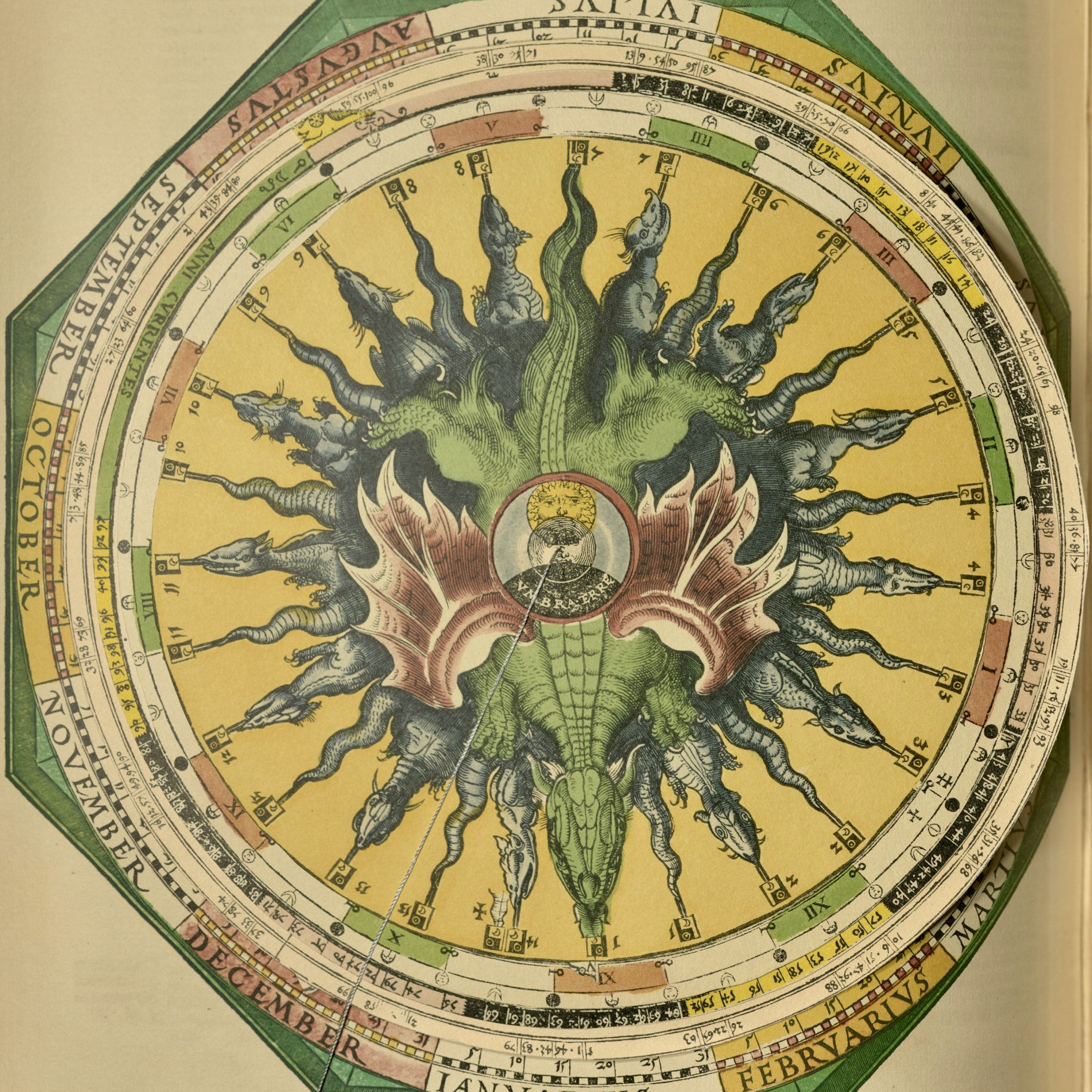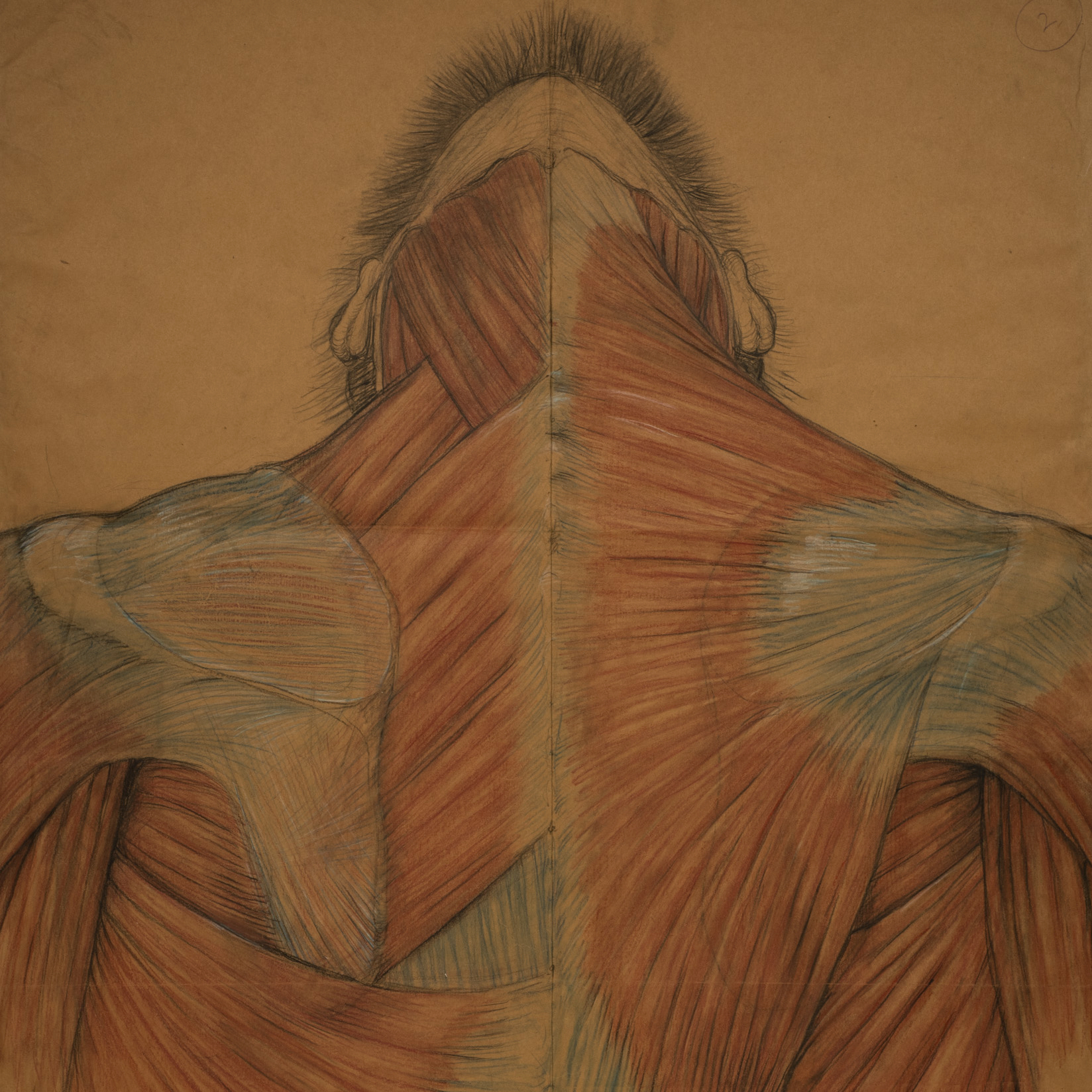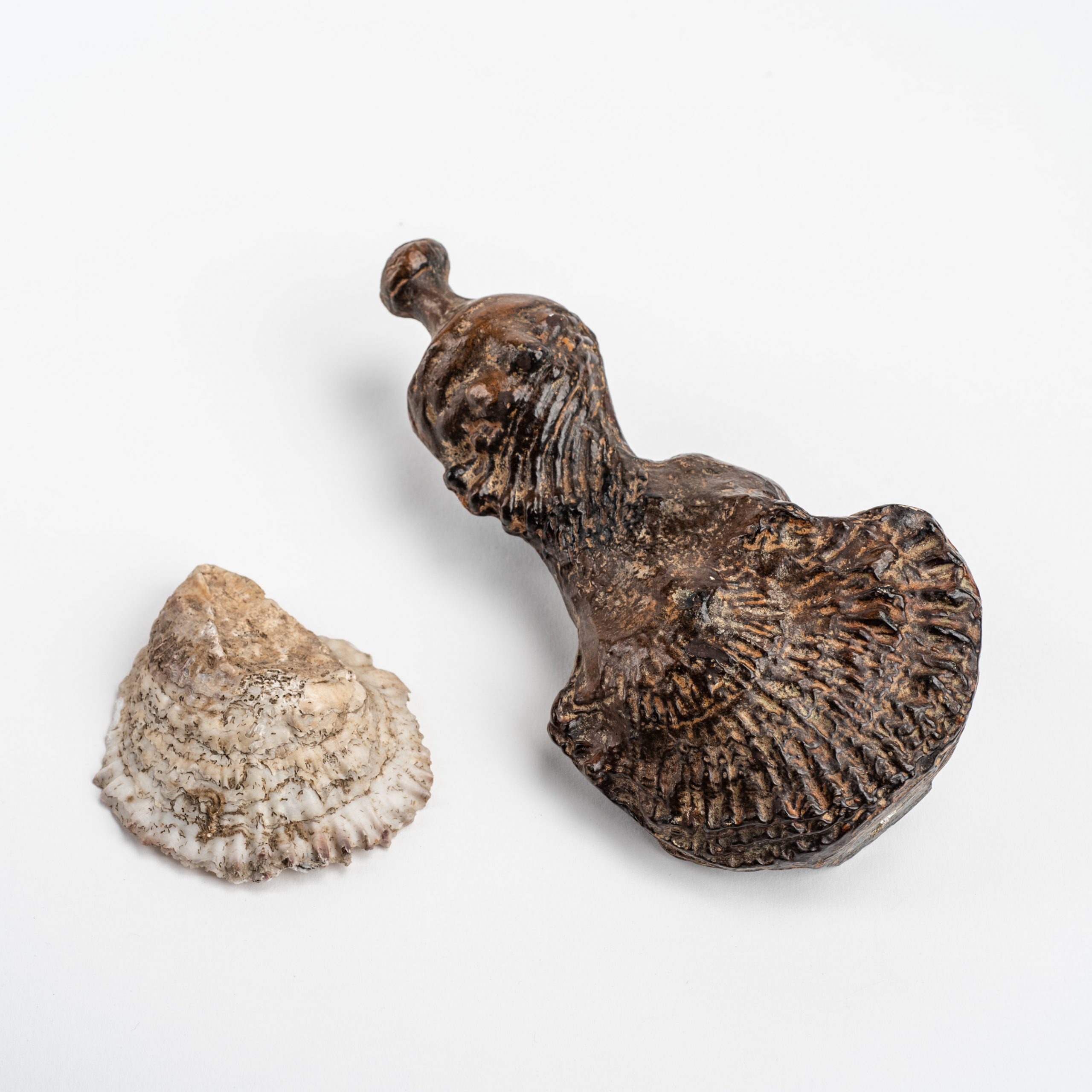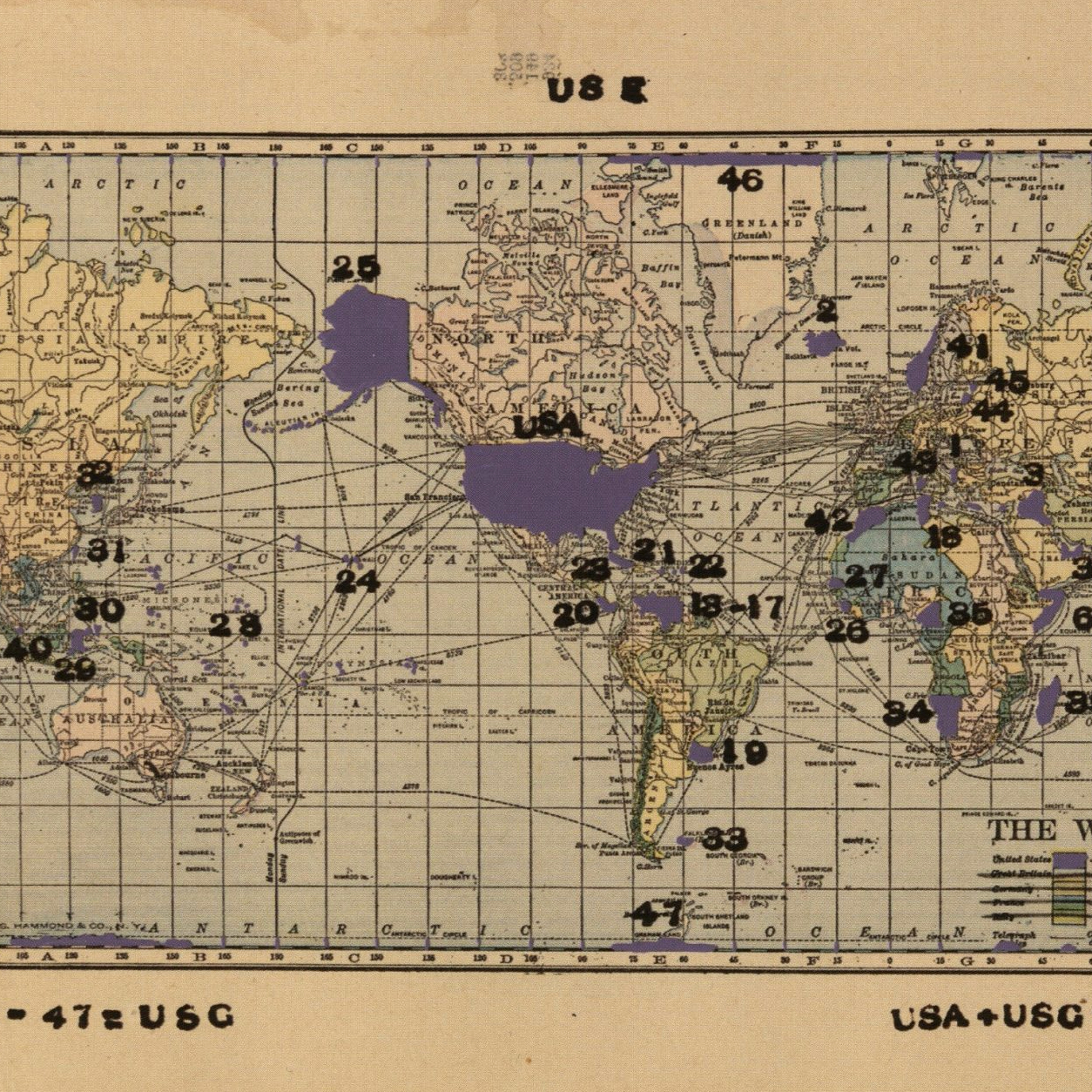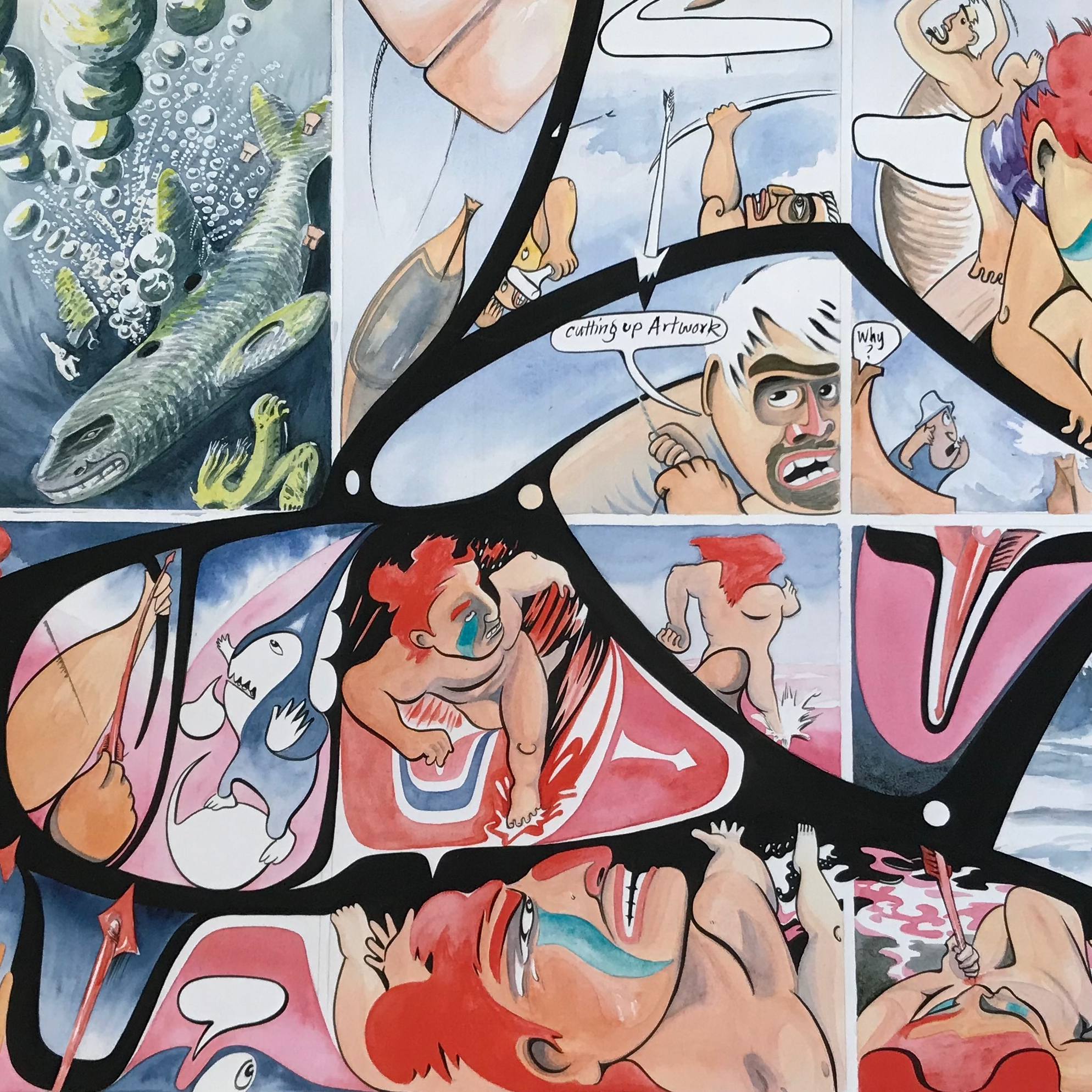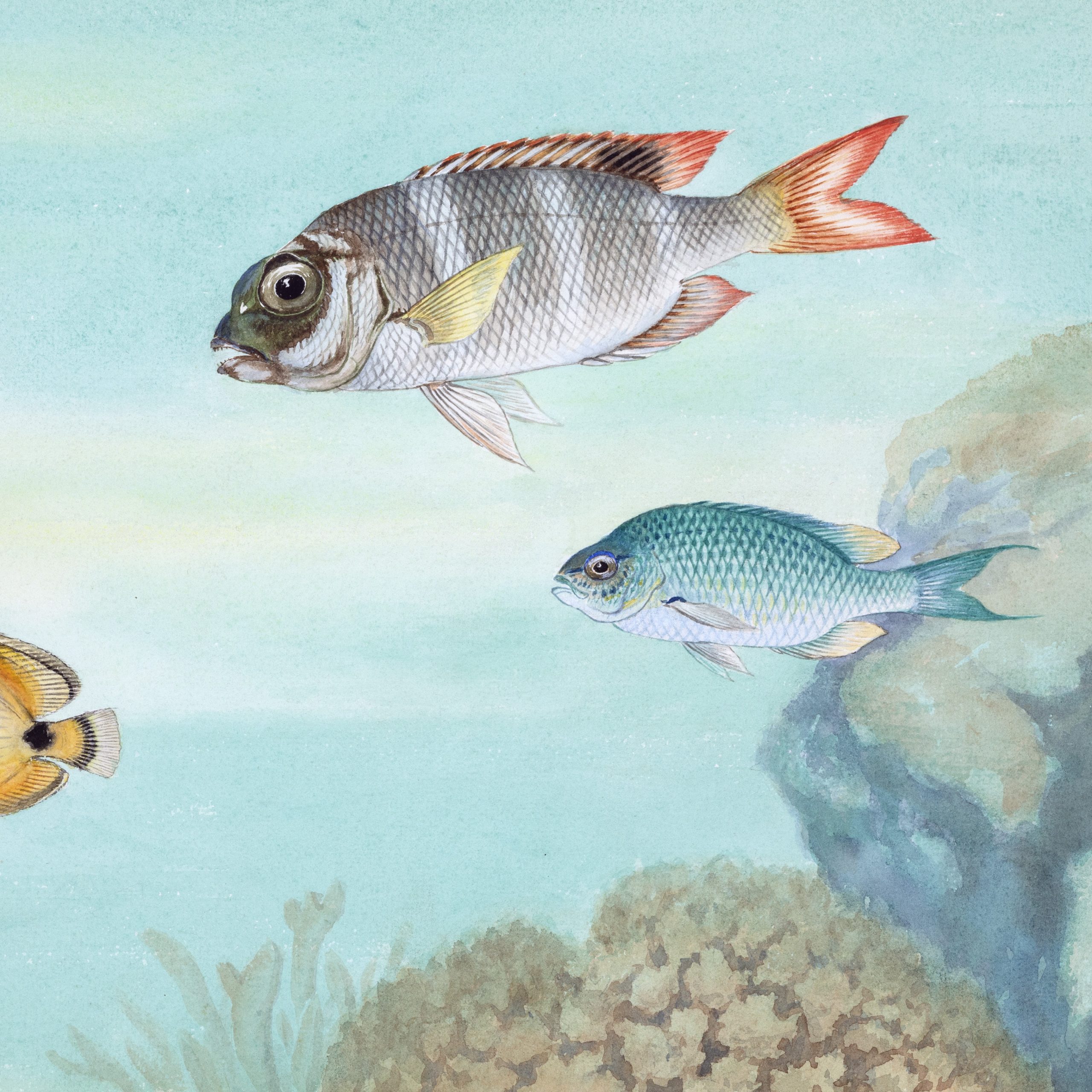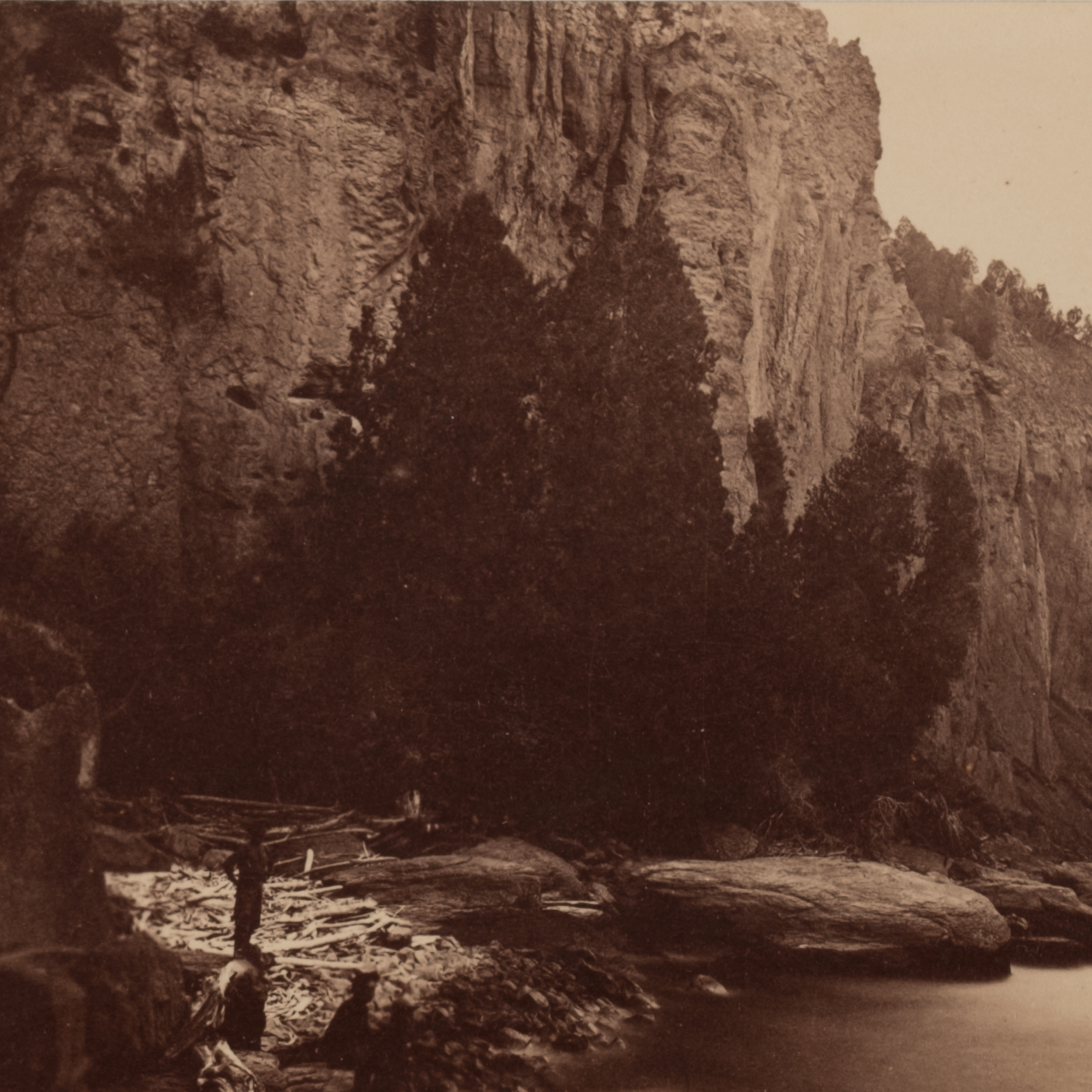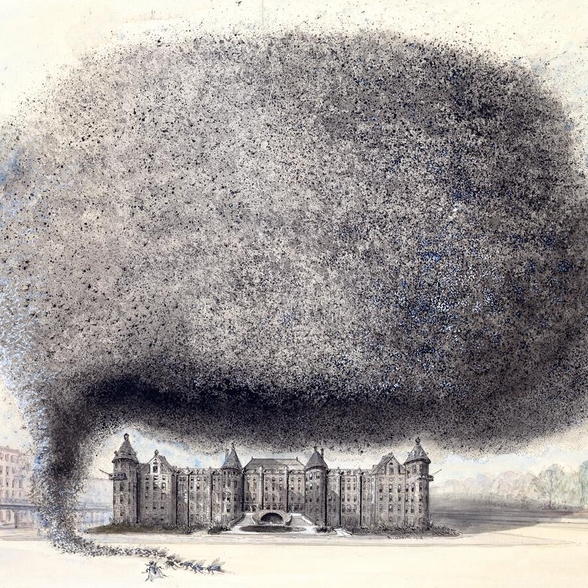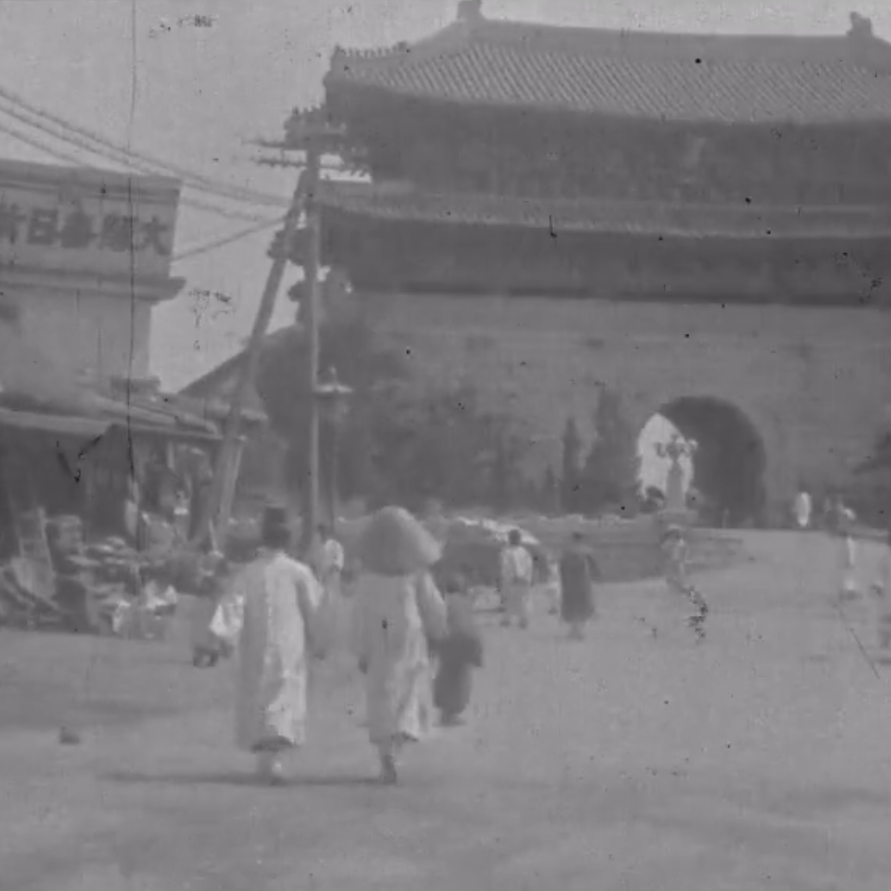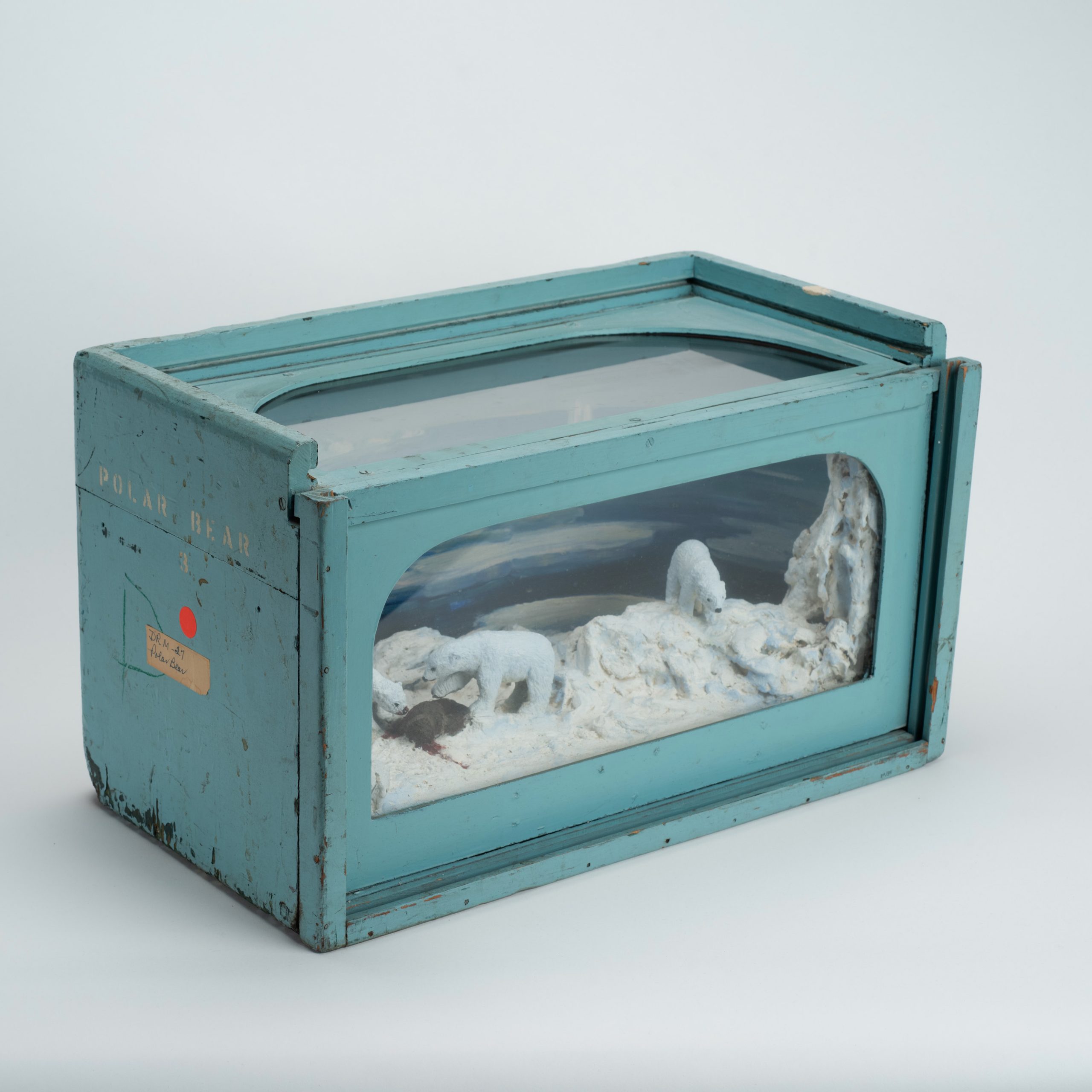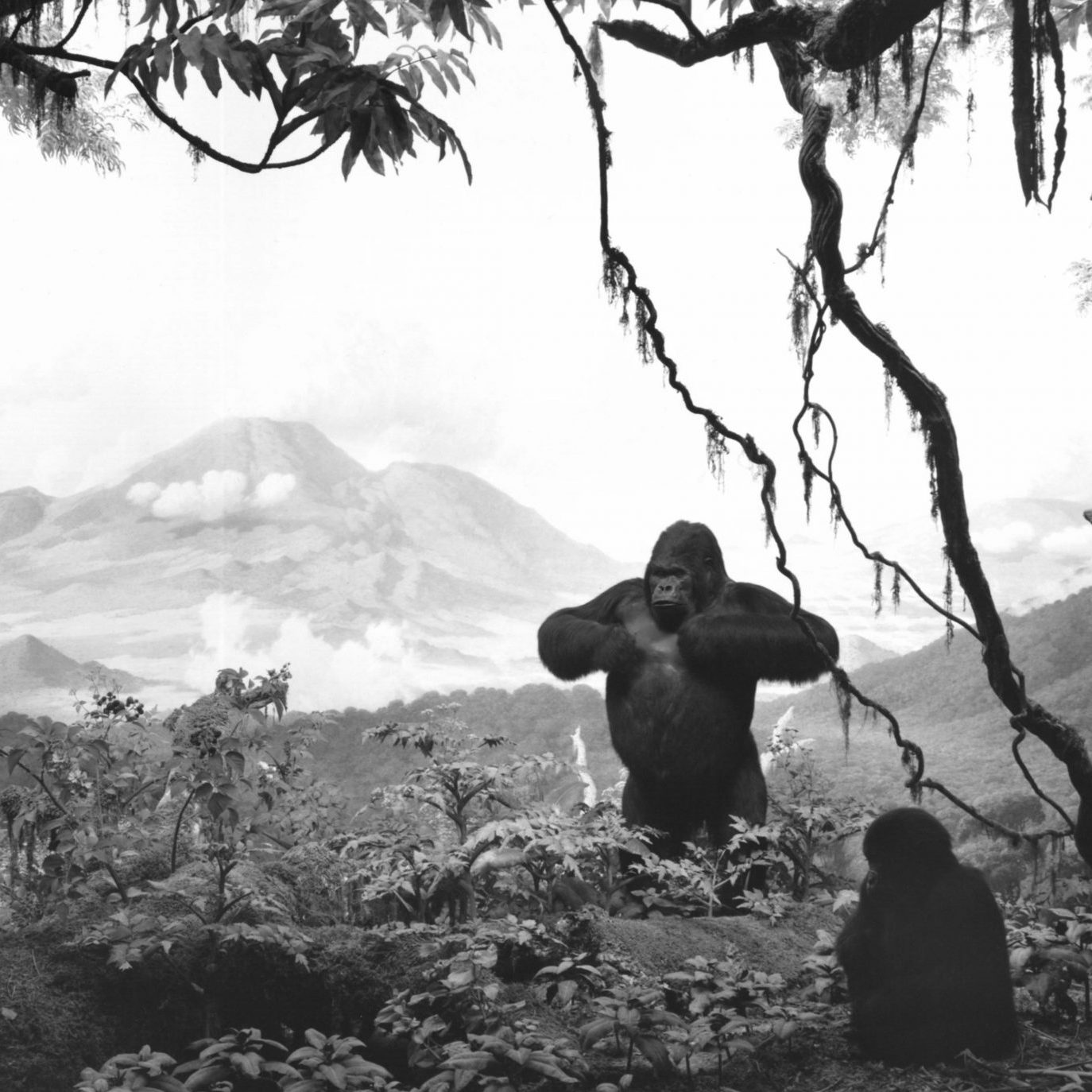Siege De La Colonne De Pompee - Science in the Pillory
James Gillray (British, 1757 – 1815)
1799
Etching
Gift of Frank Maslan and Roslyne Eisenberg Rosenfield Maslan
This image was created by James Gillray (1756–1815), a British printmaker and caricaturist who is considered by some the “Father” of the political cartoon. “Siege de la Colonne de Ponpée” was published on March 6, 1799, as a commentary on General Napoleon Bonaparte’s attempt to overtake Egypt and his subsequent establishment of the Institute of Egypt. The Institute was comprised of a collection of scientists, engineers, and artists, called savants, who were tasked with collecting and recording all aspects of Egyptian life: ancient, past, and present. The savants produced “Description de l’Égypte,” an encyclopedia of their findings.
Napoleon’s attempt to establish a colony in Cairo was interrupted by a British naval fleet led by Lord Horatio Nelson. This intervention was not rooted in humanitarian aspirations; rather, the British were eager to protect their trade routes to India. Lord Nelson’s fleet successfully navigated around 400 French warships to reach Cairo’s shores. While this naval defeat brought an end to France’s active military campaign in Egypt, French troops and savants remained on Cairo’s shores and were tasked with holding the colony in the name of France. This led to regular skirmishes and fighting outbreaks, like the one pictured above by Gillray.
Gillray etched this image based on an “original intercepted drawing” of the “Siege of the Pompei Column." French scholars’ and soldiers’ letters were often intercepted by the British navy and were subsequently known in London. In Gillray’s depiction, a large Corinthian pillar supports a crowded array of savants. One scholar has sprouted wings, most bear terrified grimaces, and some are plummeting into a fearsome mob, made up of Bedouins and Mamelukes, the peoples that Napoleon attempted to oust from Cairo. The mob fires their weapons into the crowd of savants and waits to pick off the fallen. One resourceful man stokes a brush fire beneath the column to prevent the savants from climbing down. Savants’ instruments and notes are scattered, falling through the air, and on the left side of the column, one volume of the “Description de l’Égypte” is poised to be skewered.
Napoleon’s mission in Egypt was about more than trade route control: cultural and intellectual control was also paramount to these colonial missions. His establishment of the Institute of Egypt and the publication of “Description de l’Égypte” point to a Western fascination with Egypt and their knowledge. Notice the vantage point of the French scholars, poised atop a pedestal, observing, diligently making “scientific” notes on the surrounding life. Gillray’s print captures a Western gaze mining Egypt for culture and knowledge. British political cartoons emerged from a collision of new printing technology and the critical eye of newly enlightened citizens. As England and other Western powers colonized faraway lands, the people being studied and stolen from protested. Art and truth unite once again, this time to critique colonial knowledge-building practices. Of course, Gillray’s satire here was focused on the trials of the French colonial project, and silent to the British and their similar strategies in India and elsewhere. Yet, this print also reminds us that science and scientific study are seldom neutral; politics and power are always at play.
Written by Katrina Kish

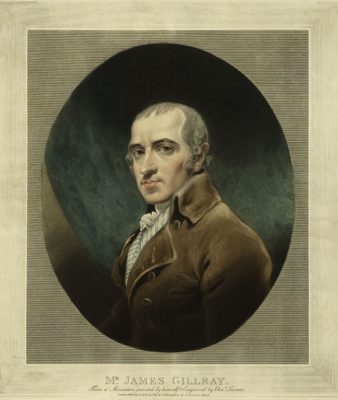
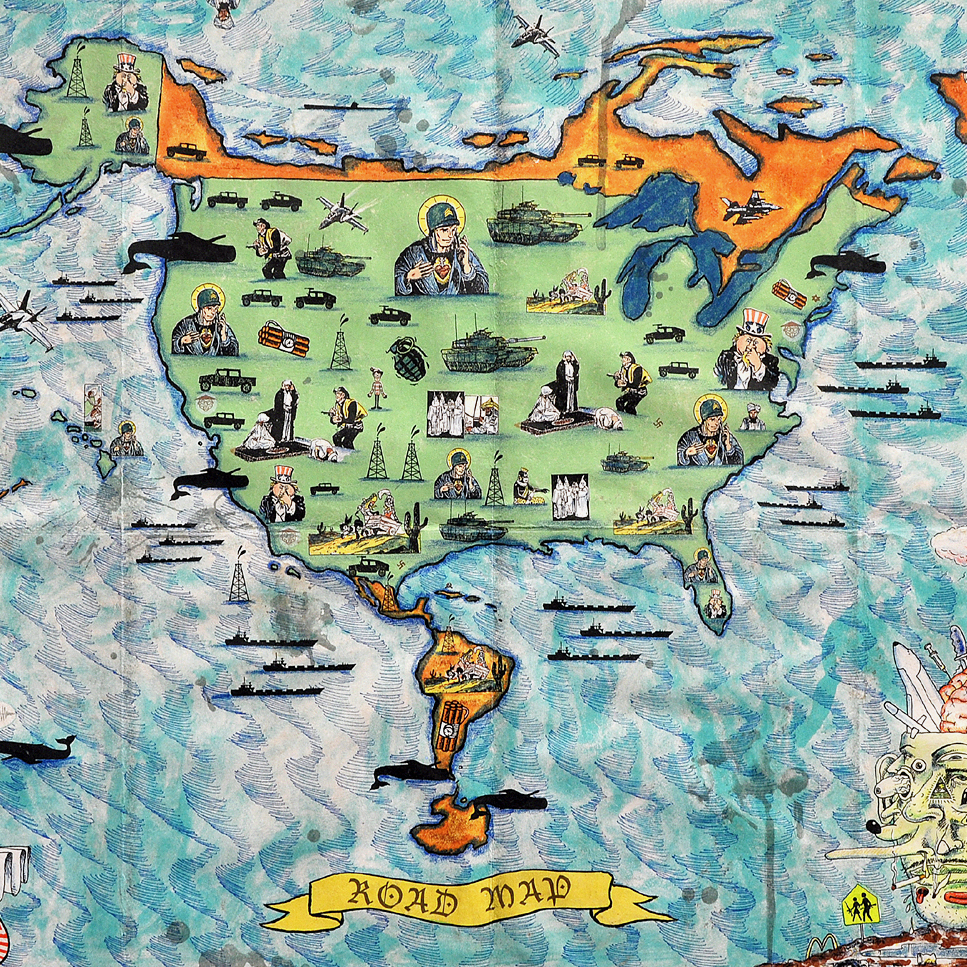

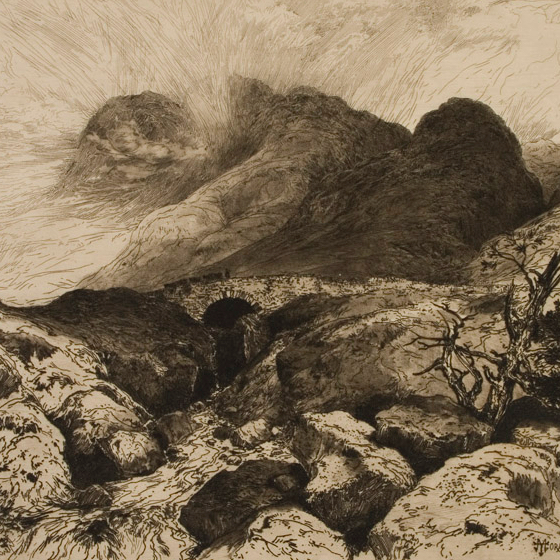
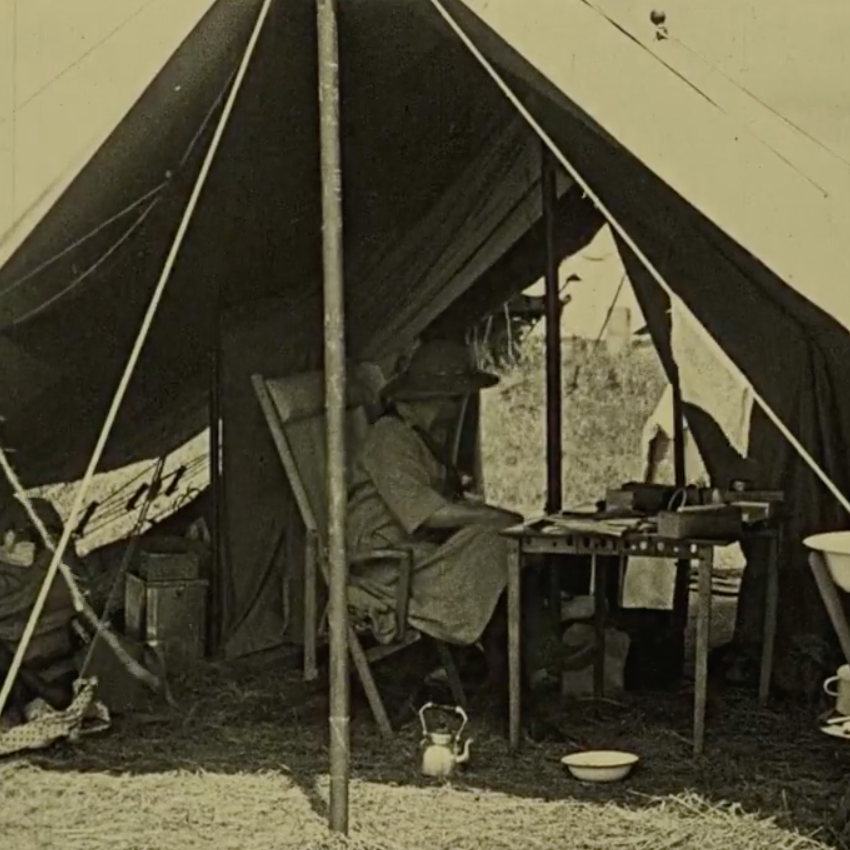





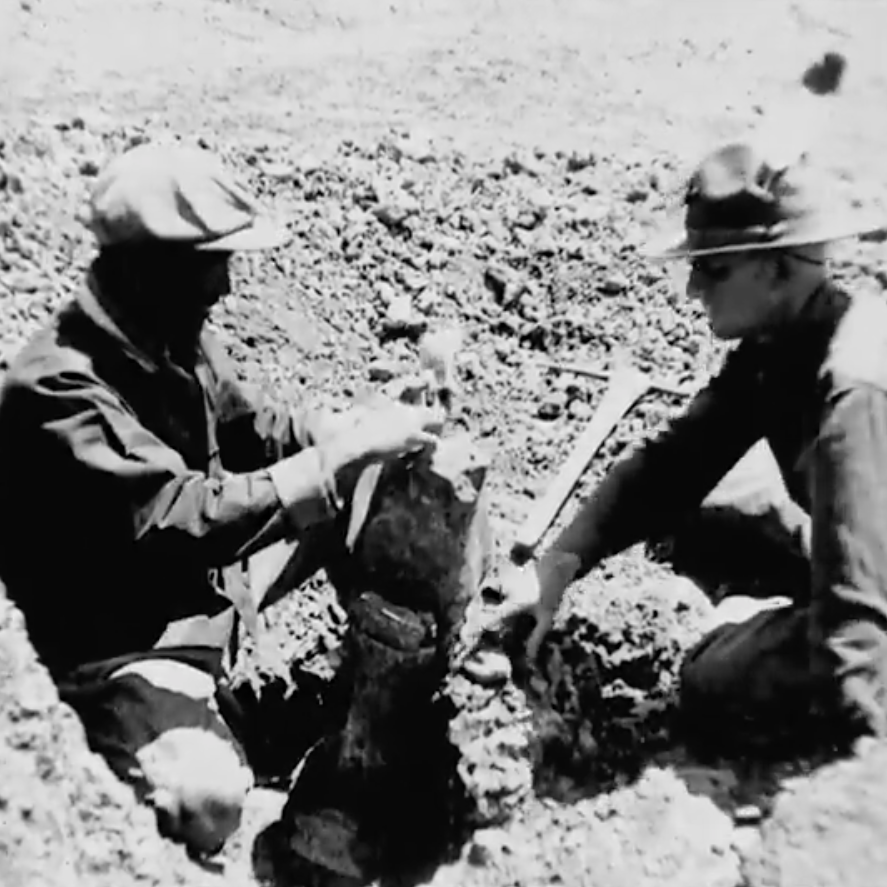
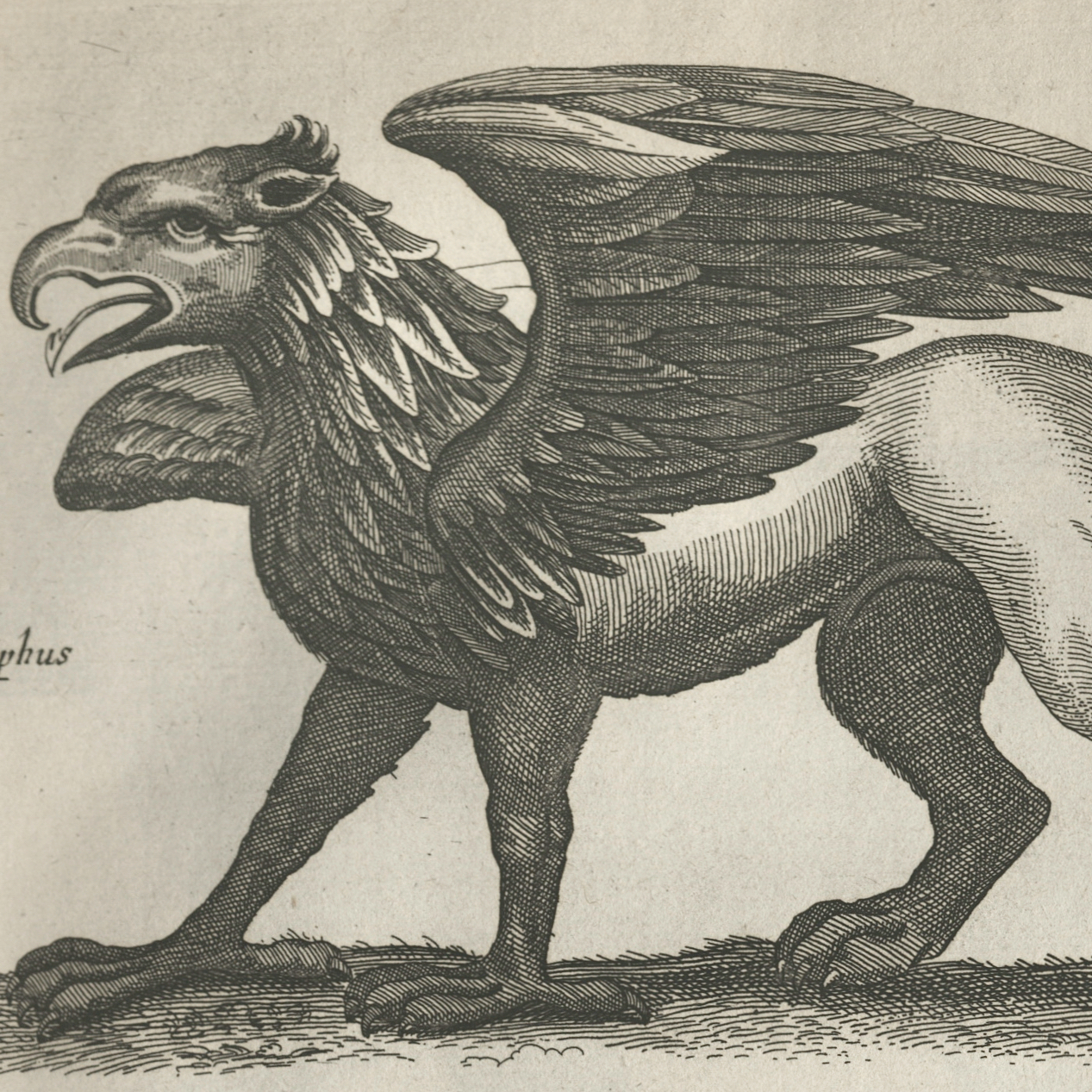

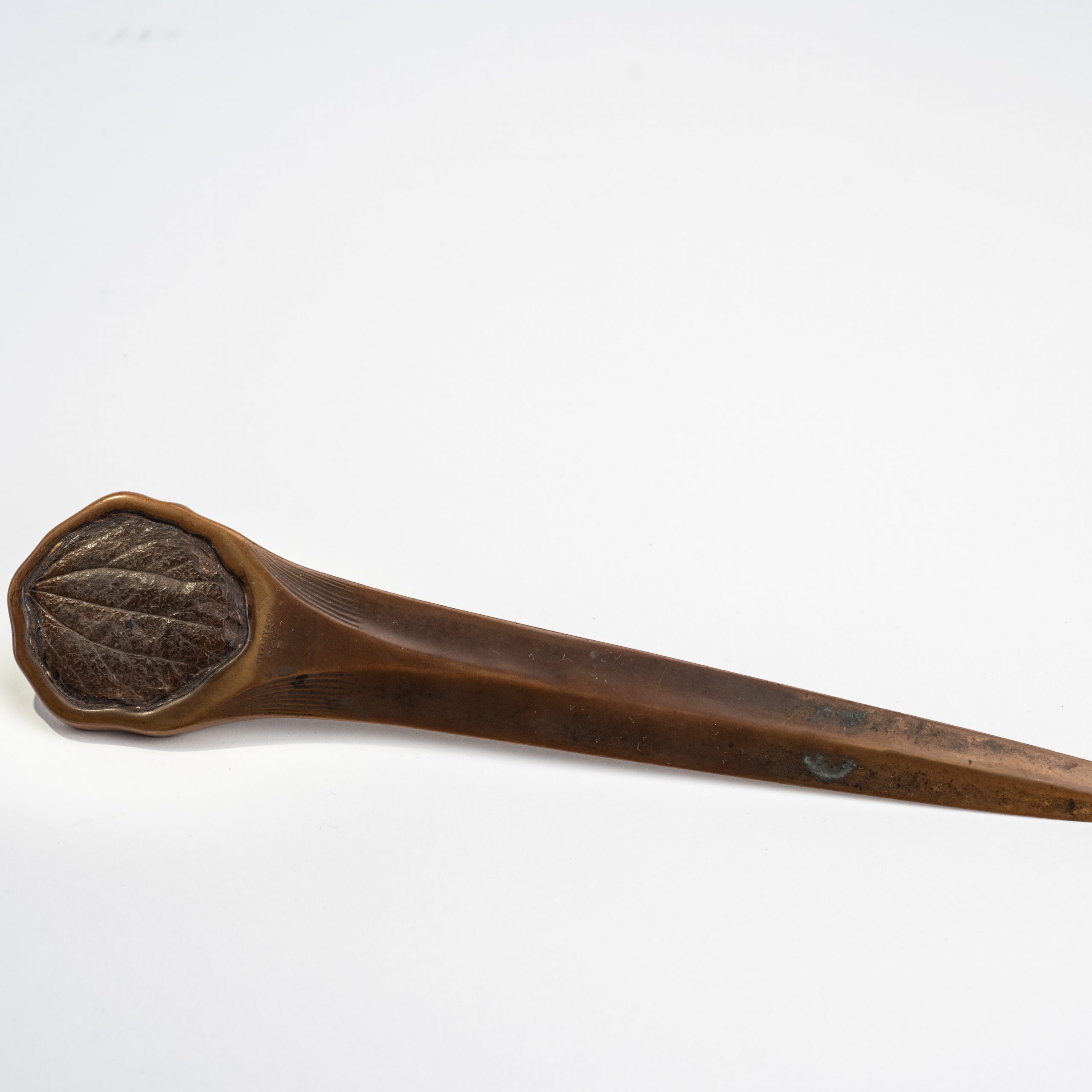

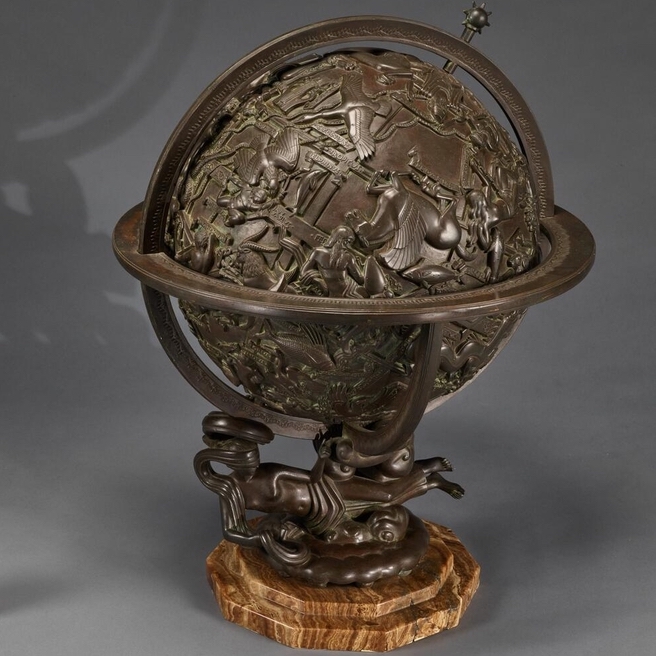
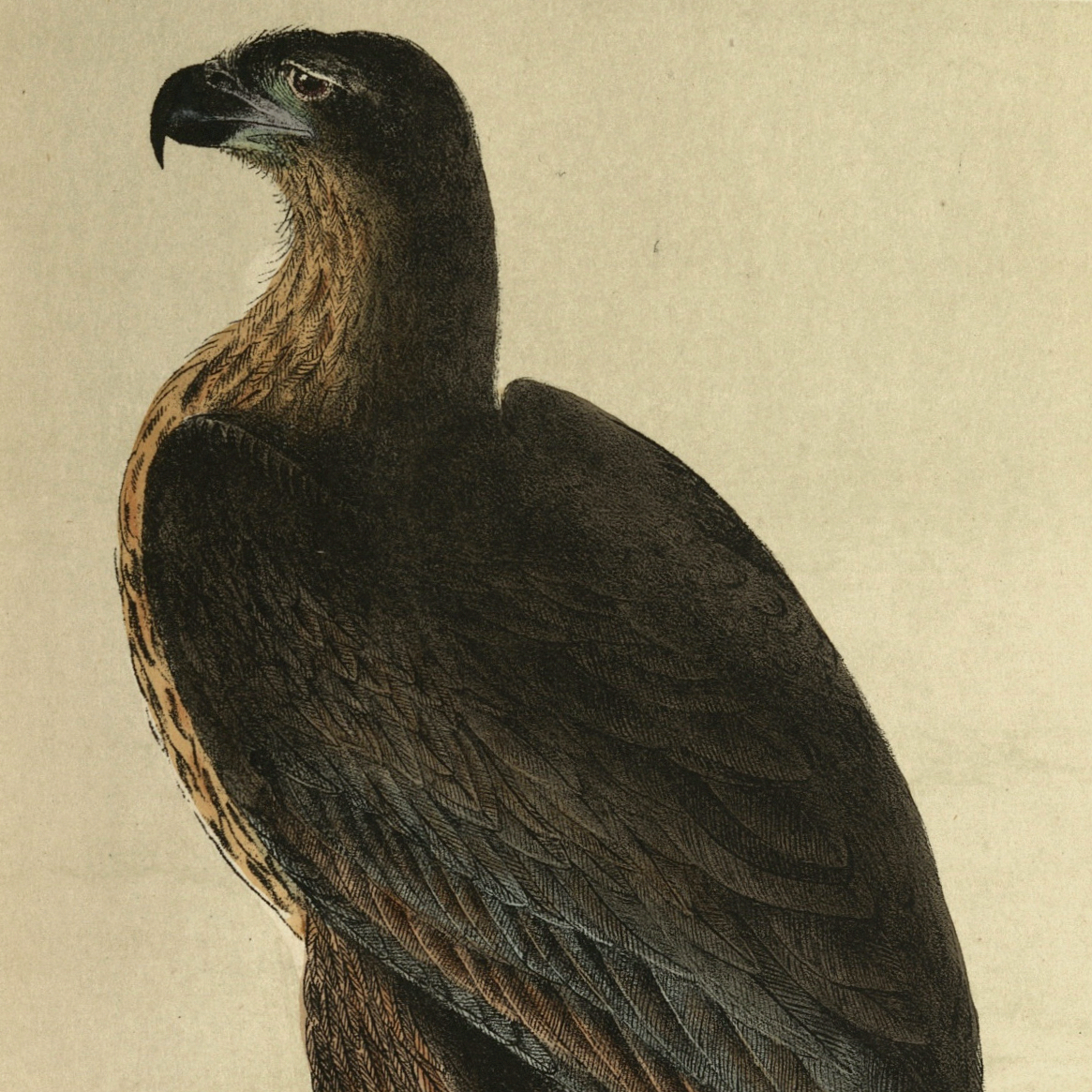
![Howard Russell Butler's [Hydrogen prominences]](https://futureoftruth.media.uconn.edu/wp-content/uploads/sites/2921/2023/01/k6584-square.jpg)
